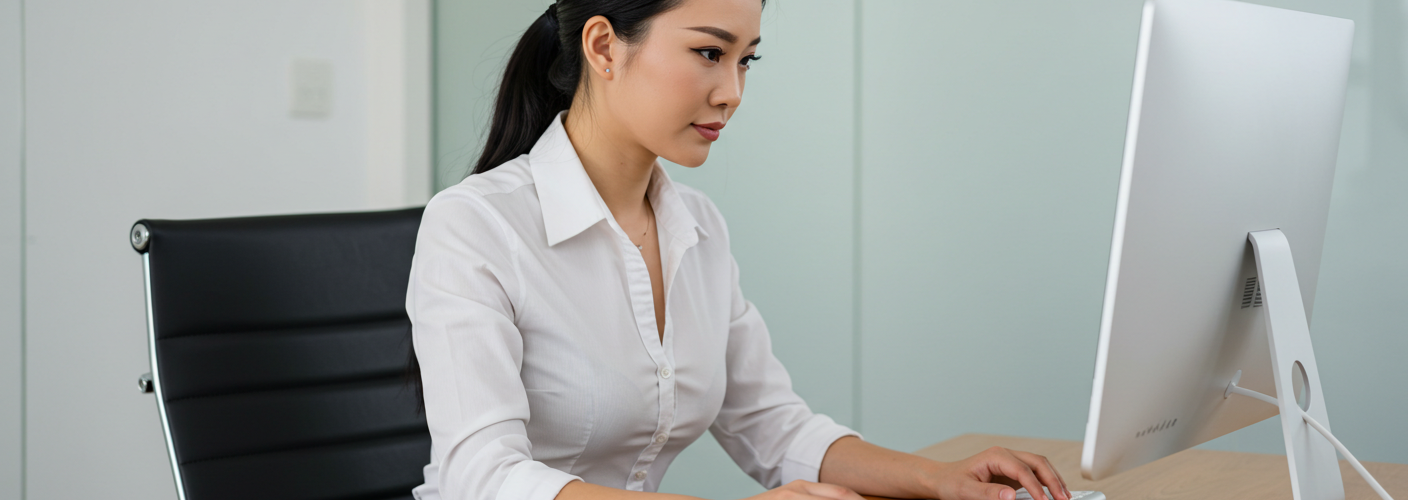How to Restore Old Notepad and Paint on Windows
If you’re among those who prefer the familiarity and simplicity of the classic Notepad and Paint applications, you’re not alone. Recent updates to Windows have introduced new versions of these tools that some users find less efficient—or even frustrating. For instance, the new Notepad can save previous sessions automatically, introducing security concerns in certain work environments. Similarly, Paint suffers from performance issues, such as micro delays when drawing. Fortunately, there are ways to bring back the classic versions of these applications. Here’s how you can do it.
Step 1: Use Classic App Alternatives
One of the simplest ways to restore the old experience is by using alternatives that replicate the original functionality. For Notepad, consider using Notepad++ or Notepad2. These applications not only retain the simplicity of the original Notepad but also offer added features like syntax highlighting and tabs. For painting, applications like Paint.NET or GIMP can serve as great alternatives, providing powerful tools without the delays.
Step 2: Revert to Previous Versions via Settings
If you’re determined to get the classic versions back, you might need to look into reverting your Windows version. Go to Settings > Update & Security > Recovery. Depending on your current version, you may have the option to roll back to a previous build of Windows. Be cautious with this option, as it may remove other updates and features.
Step 3: Install Classic Notepad and Paint from Windows Features
In some versions of Windows 10 and 11, there’s the option to enable classic versions of these applications via the optional features settings:
- Open Settings: Press the Windows key + I to open the Settings window.
- Go to Apps: Click on “Apps.”
- Optional features: Click on “Optional features” and then “Add a feature.”
- Search for Notepad: Look for “Notepad” or “Paint” and select the older versions.
- Install: Click “Install” to add them back.
Check if your Windows version allows these options, as availability may vary based on your updates.
Step 4: Modify or Disable Automatic Saving
If you are concerned about the security implications of the automatic saving feature in the new Notepad, consider modifying your usage habits. After editing your documents, make it a point to manually save files to known folders and quickly clear your recent files from the menu. While this isn’t a full solution, it can help manage security concerns until you find a version that suits your needs.
Step 5: Explore Third-Party Solutions
Many third-party file management apps can access and edit text files directly. Tools like Visual Studio Code can open .txt and XML files without saving changes automatically, giving you full control without the delays experienced in the newer Notepad.
Conclusion
Although the updates to Notepad and Paint may be a letdown for users who value speed and simplicity, there are several pathways to reclaim the experience you’re missing. By exploring alternative applications, reverting your Windows features, or modifying settings, you can streamline your workflow and ensure a secure working environment. In a world increasingly dominated by complex software, the tools that do the job simply and efficiently are worth holding onto.





Add comment